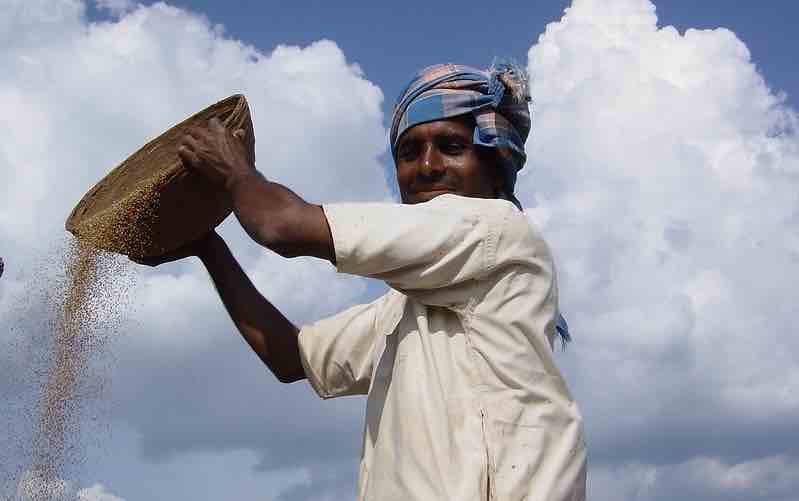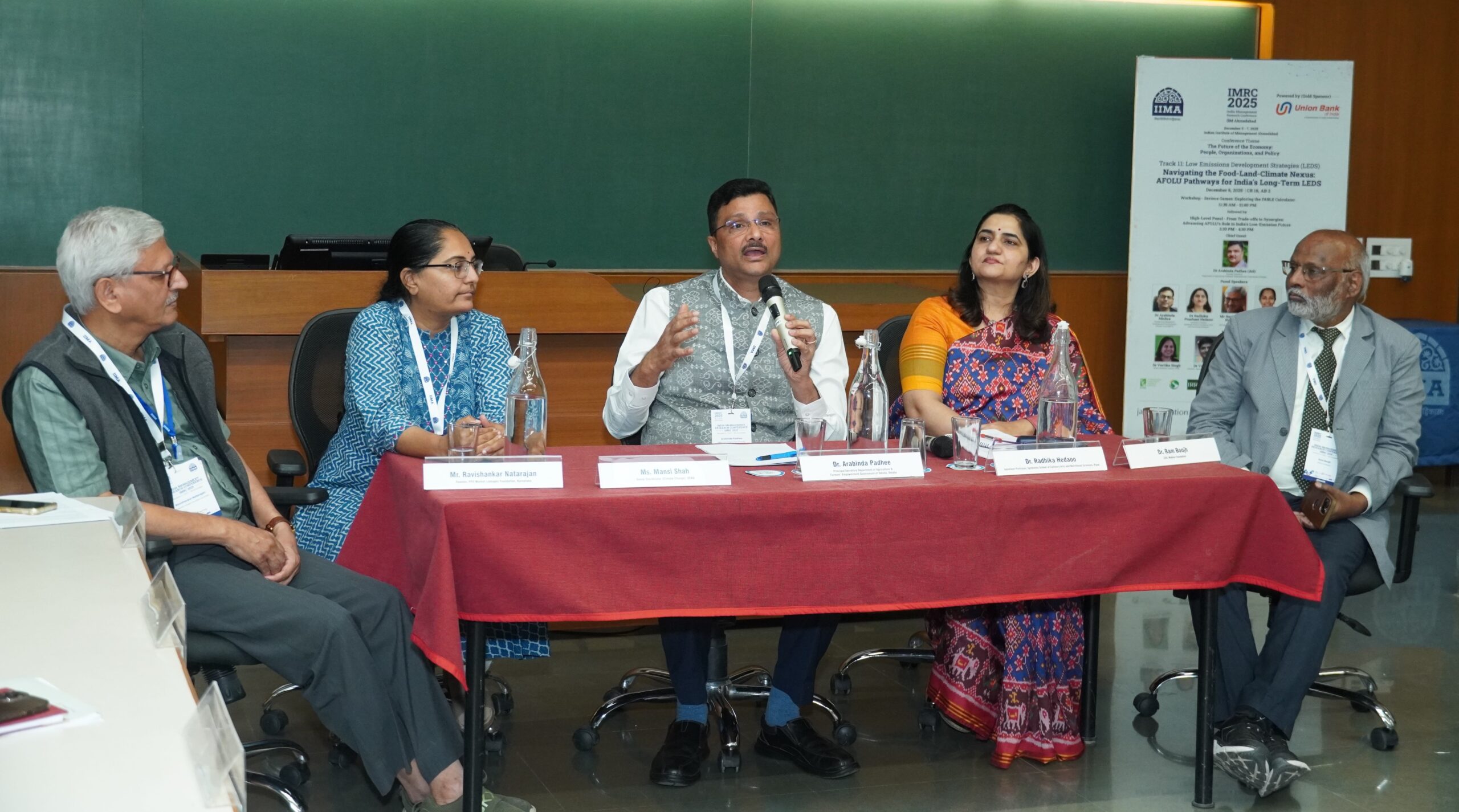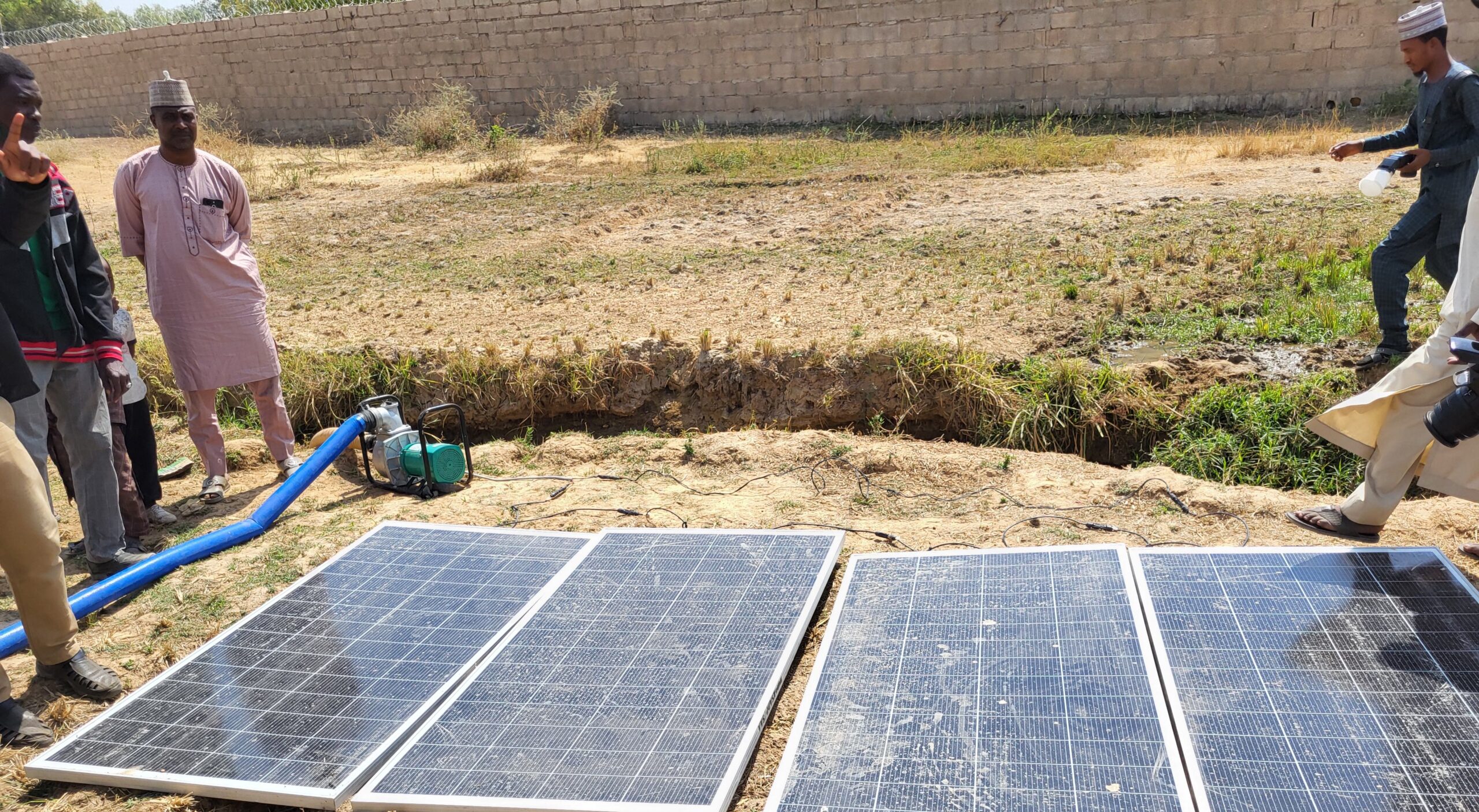Asia is home to 55% of the people in the world affected by hunger—more than 400 million—and faces continuing threats to food security. The crises of recent years—including the COVID-19 pandemic, the Russia-Ukraine war, and climate-related shocks—have disrupted Asia’s food supply chains as they have around the world. Currently, rising temperatures, unpredictable weather patterns, and floods pose threats to the production of rice and wheat, key staple crops in the region.
Given the continuing food and nutrition insecurity facing the developing world and the broader need for food system transformation, it’s essential to improve food and nutrition security, livelihood opportunities, climate resiliency, and inclusivity. One promising approach for Asia (and elsewhere) is expanding the cultivation and consumption of underutilized crops. These can play a key role in sustainable food systems—yet awareness of them remains low among consumers, producers, and policymakers.
Here, we focus on the promise of a key group of underutilized crops—millets—as an alternative to Asia’s enormous rice and wheat farming systems. Millets are a diverse group of small-grained dryland cereals that includes pearl, proso, foxtail, barnyard, little, kodo, browntop, finger and guinea millets, as well as sorghum and teff. They are generally climate-resilient and drought-tolerant crops with significant nutritional benefits. Recognizing the role of millets in responding to nutritional, agrarian and climate challenges, the UN General Assembly declared 2023 the International Year of Millets.
Millets and a range of other minor crops were once part of a broad, diversified cropping system in Asia that was both climate-resilient and provided a rich array of nutrient sources. Then, starting in the 1960s, the Green Revolution transformed food systems, greatly expanding monocropping and overall production of wheat and rice in Asia and elsewhere—replacing millets and other crops in many areas. As we undergo another food system transformation, we have an opportunity to recover at least some of what was lost.
Economic benefits
With broad, sustained efforts including evidence-based policies and investments, Asia has the potential to significantly expand production of millets and thus help to sustainably meet growing food demand in the region and globally. As of 2022, Asian millet production was approximately 15.6 million metric tons (MT)—compared to 699 million MT for rice and 343 million MT for wheat. In major producers China, India and Nepal, area harvested and production for millet is much lower than that for rice and wheat, respectively (Figures 1 and 2). Thus, there is clearly room to grow.
Millets offer a range of advantages to farmers. They have a short growing season and require low land investment with minimal inputs. They are staple crops of the semiarid tropics, where rice and wheat cannot be cultivated due to low rainfall and poor soil fertility. Millets can be incorporated in existing crop rotations and grown during warm seasons, so they can provide farmers with multiple and diverse income streams. Thus, millet production can help improve the livelihoods of producers, especially smallholder farmers, who are vulnerable to climate shocks and remain among the poorest groups in Asian societies.
Sustainability
As climate impacts mount, meanwhile, major staples are increasingly at risk of becoming unsustainable. For example, rice continues to be largely rainfed, making it highly vulnerable to climate change-related extreme weather events such as droughts. Rising temperatures also affect yields. Additionally, rice production accounts for an estimated 8% of global anthropogenic methane emissions, a major contributor to climate change.
Millets, by contrast, have efficient root systems and are highly tolerant to high temperatures, droughts, and floods. They recover quickly from weather-related stresses and are generally resilient to pests. A 2019 study found that increasing the area of coarse cereals (similar to millets) under production in India could potentially result in lower greenhouse gas emissions, greater resilience, reduced water and energy use, and increased access to micronutrients—without increasing land use.
Nutritional benefits
Micronutrient malnutrition from iron and zinc deficiencies is a serious public health concern in developing countries. Pearl millet, in particular, is nutritionally superior in many ways and thus has the potential to mitigate malnutrition and hidden hunger (Figure 3). In general, millets are a good source of energy, carbohydrates, crude fibers, soluble and insoluble fat, proteins, dietary fiber, antioxidants, and vitamins, omega-3 fatty acids and fat. Compared to other cereals, they exhibit better fat digestibility and contain more essential amino acids. They are also gluten-free and thus an excellent food option for people with celiac disease, high blood sugar, and diabetes. There is evidence that biofortified pearl millets have helped in reducing rates of anemia and stunting among millet-dependent staple food consumers. Finger millet, is another nutritious option with a high calcium content, low glycemic index, good amino acid score, and vitamins.
Cultural value
Asia is rich in agro-biodiversity and has numerous underutilized crops across different regions and climates. For a long period, millets served as traditional staple crops for farmers. Several traditional millet foods and beverages continue to be consumed in South Asia and East Asia. In India, local communities have valuable insights on the cultivation, processing, and culinary uses of millets. Thus, reintroducing millets should be relatively easy with the right combination of investments, expanded market access and targeted extension services.
Challenges and the way forward
Despite all its advantages, millet is still often described as a “forgotten” or underutilized crop. Even though Asia produces a large proportion of the world’s millet, governments offer little support for millet production and public knowledge is lacking on the crop’s nutritional benefits.
Rice, wheat, and other staple crops receive ample government subsidies, with assured procurement at minimum support prices. By comparison, the incentive to grow millets is low. There are other obstacles as well. Infrastructure constraints—including a lack of effective, affordable post-harvest processing technologies and sufficient storage and transport facilities—have limited large-scale millet production; mechanization challenges increase production and time costs.
What can be done to boost millet production and awareness of the benefits of these crops in Asia?
Governments should promote millets to farmers and the public and provide incentives for their cultivation and consumption, focusing on their nutrition and sustainability benefits. A key element of such a strategy is leveling the playing field for producers by providing incentives comparable to those of other cereal crops.
Research must focus on further improving millet productivity and nutrition content by developing varieties, agronomic practices, and technologies for specific locations and contexts. Extension systems should promote distribution of new varieties and strengthen capacity on millet cultivation practices. Conducting demonstrations using available technologies can encourage farmers to adopt millets.
Farmers and other value chain actors also need better market connectivity and infrastructure. Rural farmers should be better-connected to grassroot groups such as farmer-producer organizations and to local extension units—these can provide up-to-date information and connect them to buyers.
Optimal and adequate processing, storage, and transport facilities are also essential. Processing techniques affect the nutritional characteristics and digestibility of millets. For example, the decortication of millet crops requires special care, as excessive dehulling can result in lower fiber content and loss of micronutrients.
To encourage millet consumption, governments, NGOs, civil society, the private sector, and development partners should publicly promote the crops’ health and climate benefits and share millet-based cooking recipes. In states like Odisha, India, millets were once a major staple and central to tribal communities, but their cultivation and consumption diminished over time with penetration of other high value crops. Recently, women’s self-help groups have helped to promote millet awareness campaigns across the state.
To improve millet exports, governments should provide necessary regulatory support to producers and suppliers. Like local awareness campaigns, marketing and branding support on the health and environmental benefits of millets through various international platforms can boost global demand.
Millets and other underutilized crops are a highly promising resource for Asian agriculture and broader food systems. They can not only strengthen food and nutrition security, but also help to address climate related challenges and build resilience. While Asia is already a major global millet producer, there is huge untapped potential. Realizing it won’t be easy, but it can be done. Expansion requires a supportive policy ecosystem, consistent interventions, and a conscious effort by stakeholders to improve production and consumption patterns at the local, national, regional, and global levels.
Suresh Babu is a Senior Research Fellow with IFPRI's Development Strategies and Governance (DSG) Unit and Head, Capacity Strengthening; Nandita Srivastava is a DSG Research Analyst; Valeria Piñeiro is Acting Head of IFPRI's Latin America Region and a Senior Research Coordinator with the Markets, Trade, and Institutions (MTI) Unit; Brian McNamara is an MTI Program Coordinator. Opinions are the authors'.







